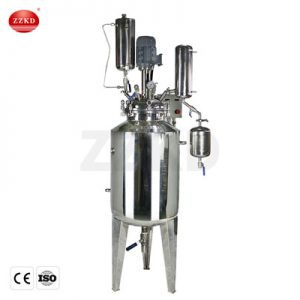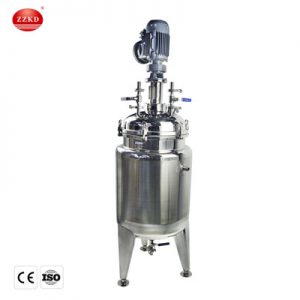Decarb reactor introduction
A decarb reactor is a specialized type of chemical reactor designed to remove carbon dioxide (CO2) from a gas stream. The process is commonly used in natural gas processing, hydrogen production, and other industrial applications where high-purity gases are required.
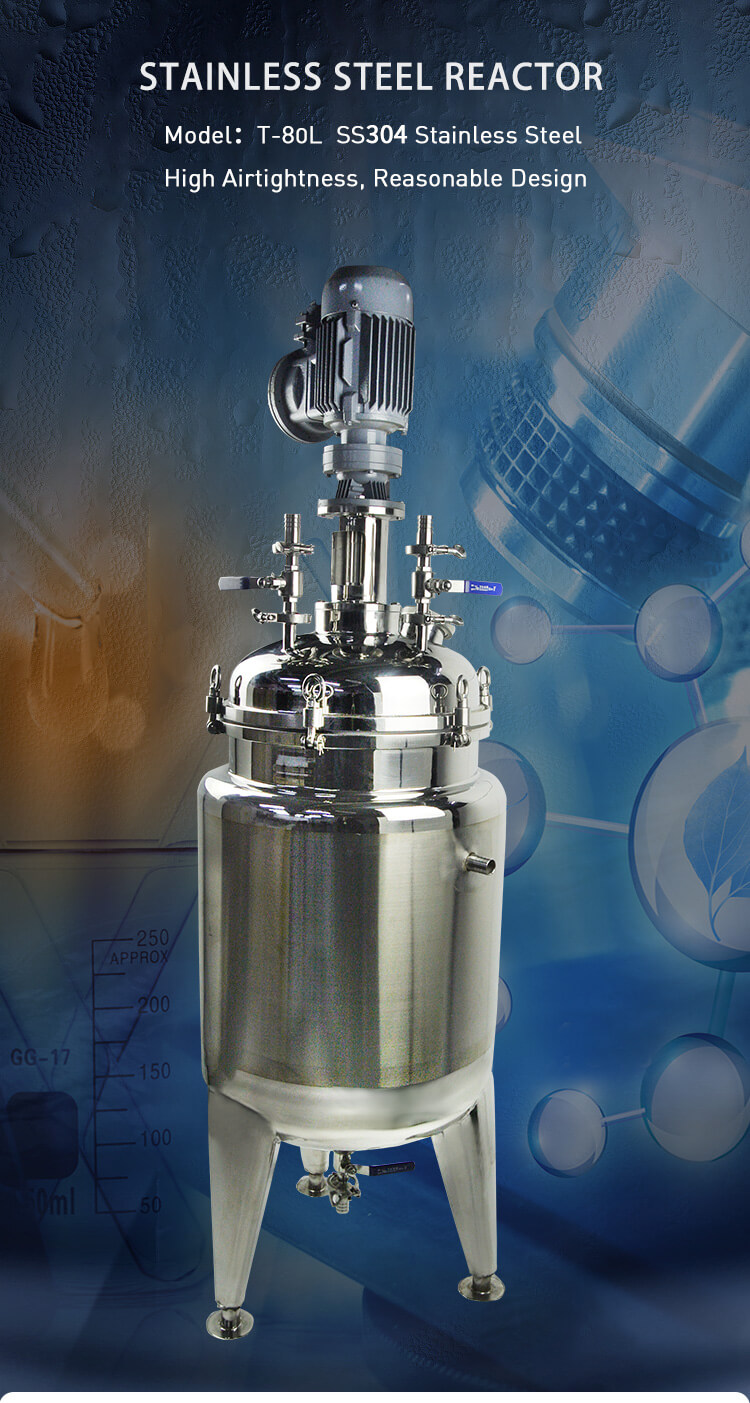
In a decarb reactor, the gas stream is passed through a bed of solid sorbent material, such as calcium oxide or magnesium oxide, which reacts with the carbon dioxide to form a solid carbonate. The remaining gas stream, which now has a reduced CO2 content, can then be further purified or used in downstream processes.
The decarb reactor process is typically carried out at high temperatures and pressures to optimize the reaction rate and sorbent capacity. The reactor can be designed as a fixed-bed, fluidized-bed, or moving-bed system, depending on the specific application and gas flow rate.
Decarb reactors are an important tool for reducing greenhouse gas emissions and improving the efficiency of industrial processes that rely on high-purity gases.
Decarb reactor Features:
Here are some features of a typical decarb reactor:
- Sorbent bed: The heart of the decarb reactor is a bed of sorbent material, which is typically made of calcium oxide or magnesium oxide. The sorbent material has a high affinity for carbon dioxide and reacts with it to form a solid carbonate.
- High temperatures: The decarb reaction is typically carried out at high temperatures, ranging from 400 to 900°C, depending on the sorbent material used and the specific application.
- High pressures: The decarb process is also carried out at high pressures, which can range from atmospheric pressure to several hundred bar, depending on the specific application.
- Gas inlet and outlet: The reactor has a gas inlet through which the CO2-containing gas stream enters the reactor and a gas outlet through which the purified gas stream exits the reactor.
- Reactor design: Decarb reactors can be designed in various configurations, such as fixed-bed, fluidized-bed, or moving-bed systems. The design depends on the specific application, gas flow rate, and other process requirements.
- Regeneration: The sorbent material in the reactor eventually becomes saturated with CO2 and needs to be regenerated. This can be achieved by heating the sorbent bed to high temperatures, which releases the trapped CO2 and restores the sorbent material to its original state.
Decarb reactors are essential for reducing carbon emissions in industrial processes and are a crucial tool in the transition to a more sustainable future.
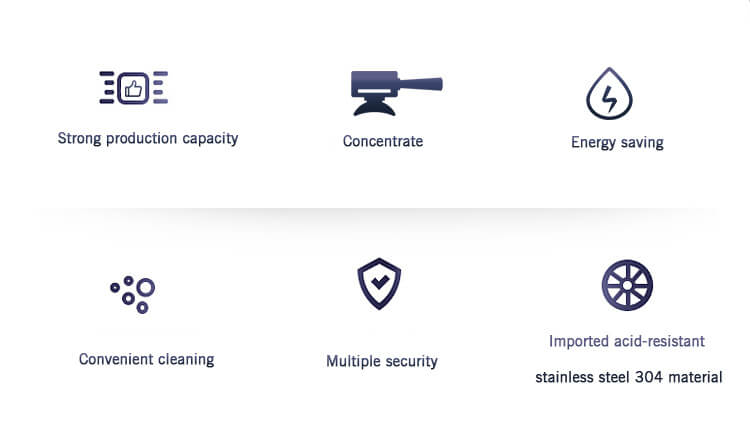
Decarb reactor Application:
Decarb reactors have numerous applications in the industrial sector. Here are some of the most common applications:
- Natural gas processing: Decarb reactors are used in natural gas processing to remove CO2 from the natural gas stream. High-purity natural gas is essential for many industrial processes, and decarb reactors are an effective way to purify the gas.
- Hydrogen production: Decarb reactors can be used in the production of hydrogen, which requires high-purity gas. By removing CO2 from the gas stream, decarb reactors help ensure the quality of the hydrogen produced.
- Biogas upgrading: Decarb reactors can be used in the upgrading of biogas, which is produced by the anaerobic digestion of organic matter. Biogas typically contains a high percentage of CO2, and decarb reactors can be used to remove the CO2 and produce a purified gas stream.
- Carbon capture and storage: Decarb reactors are also used in carbon capture and storage (CCS) systems, which are designed to capture CO2 emissions from industrial processes and store them underground. Decarb reactors are used to remove the CO2 from the gas stream before it is stored.
- Syngas production: Decarb reactors can be used in the production of syngas, which is a mixture of carbon monoxide and hydrogen that is used as a feedstock for the production of chemicals and fuels. Decarb reactors are used to remove CO2 from the gas stream before it is converted into syngas.
Decarb reactors are a versatile and effective tool for removing CO2 from gas streams in a variety of industrial applications.
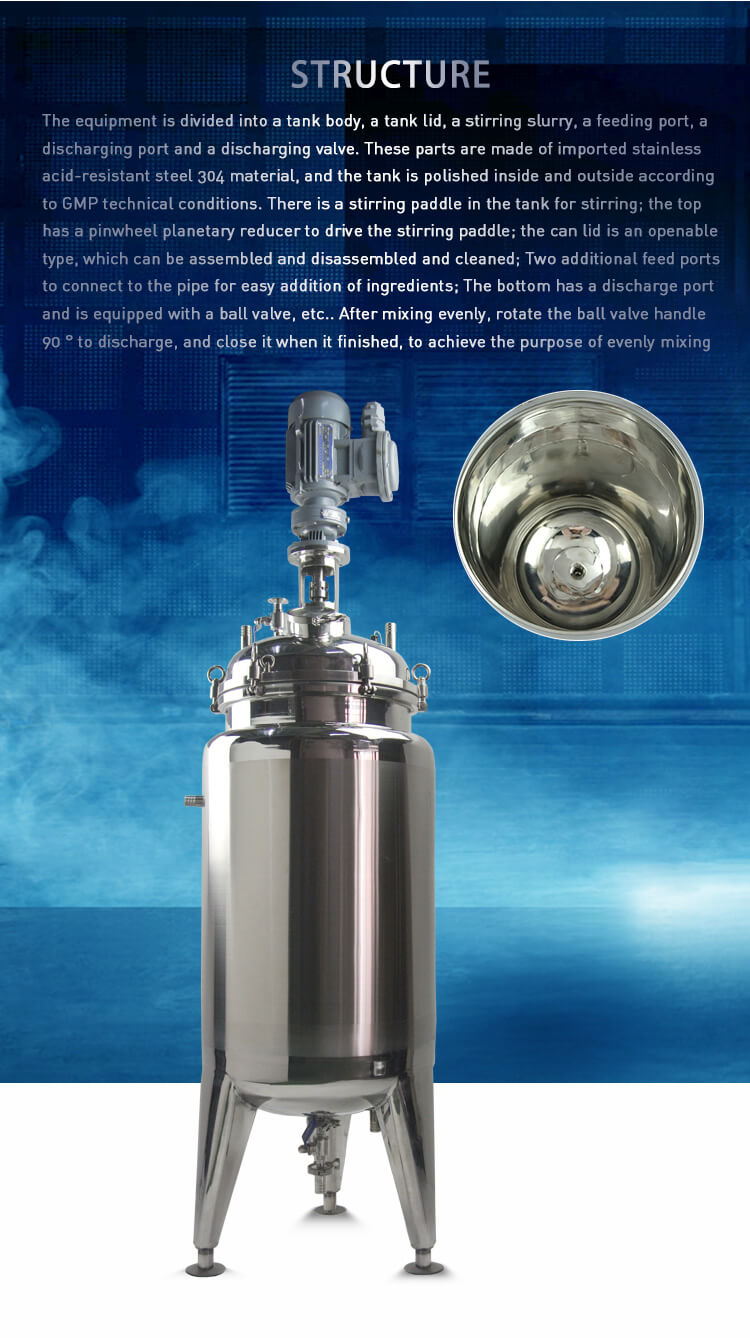
Case : ZZKD Company Selling Decarb reactor to a French Customer
ZZKD Company, a leading manufacturer of decarb reactors, recently sold a decarb reactor to a customer in France. The customer, a large chemical company, was seeking a solution to remove CO2 from their natural gas stream to improve the quality of their end product.
After evaluating various options, the customer decided to purchase a decarb reactor from ZZKD Company due to their reputation for high-quality products and excellent customer service. ZZKD Company worked closely with the customer to customize the decarb reactor to their specific requirements, including the size, pressure rating, and temperature range.
Once the decarb reactor was manufactured and shipped to the customer’s site, ZZKD Company provided on-site installation and training services to ensure that the customer’s staff was able to operate the decarb reactor safely and efficiently.
After several months of operation, the customer provided feedback on the performance of the decarb reactor. The customer was extremely satisfied with the quality of the purified gas stream and the efficiency of the decarb reactor in removing CO2. The customer noted that the decarb reactor had improved the quality of their end product, resulting in increased customer satisfaction and repeat business.
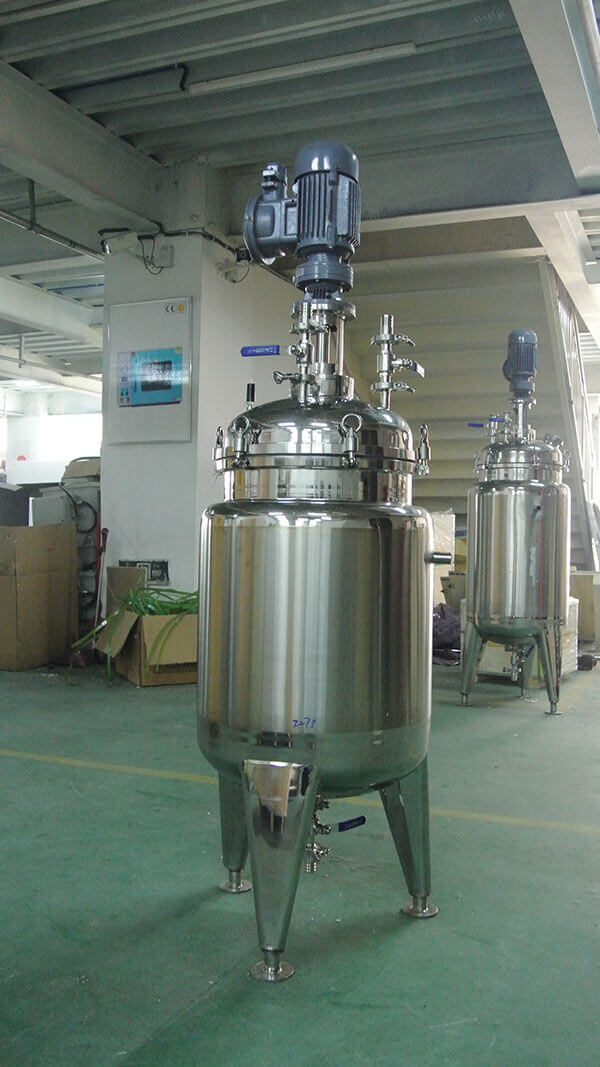
In addition to the performance of the decarb reactor, the customer also praised ZZKD Company’s excellent customer service. The customer noted that ZZKD Company had provided prompt and effective technical support whenever they had questions or issues with the decarb reactor.
Overall, the sale of the decarb reactor to the French customer was a success for ZZKD Company. The customer’s satisfaction with the product and the company’s customer service is a testament to ZZKD Company’s commitment to quality and customer satisfaction. This successful sale is just one example of how ZZKD Company is helping customers around the world improve the efficiency and sustainability of their industrial processes.


